@peter-dooling
active 3 years ago-
David Farkas wrote a new post, Apple Issues OS X Yosemite Update to Fix Photos App Issues with Leica M246 DNG Files 10 years, 4 months ago
Apple delivered a fix to their Photos App in the latest OS X Yosemite 10.10.4 Update. This addresses the problem of the Photos App or Aperture crashing when trying to import Leica M Monochrom (Typ 246) DNG files. […]
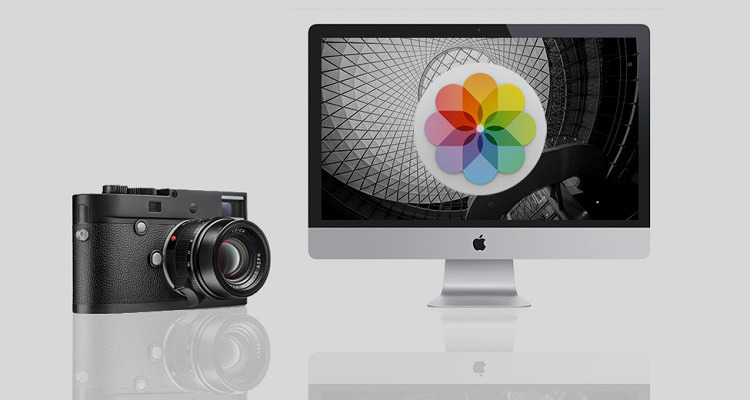
-
Josh Lehrer wrote a new post, Leica USA Extends Limited Time Savings Program 10 years, 4 months ago
Today, Leica Camera USA has announced that the Exchange Rate Savings Program, which has lowered the prices of nearly all Leica photographic products* has been extended until July 31, 2015. The full details of the […]
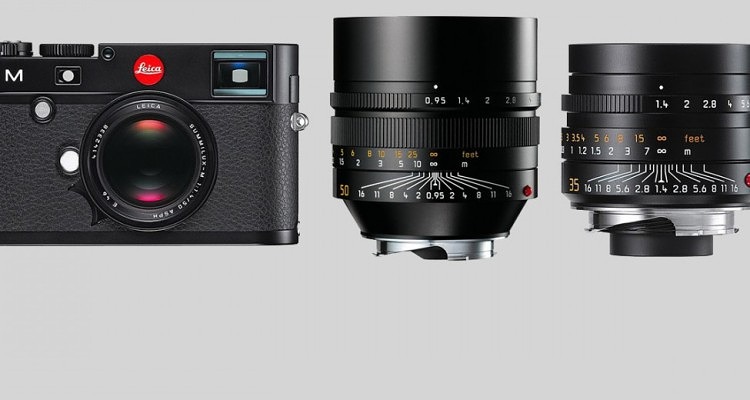
-
David Farkas wrote a new post, Leica Q (Typ 116) Review: A Full-Frame Mini M 10 years, 4 months ago
Back when the X Vario was introduced and initially teased as a mini M, many were disappointed. The X Vario (Typ 107) ended up being a great camera, an X with a zoom, and a stellar zoom lens at that, but certainly […]

-
Josh Lehrer wrote a new post, Leica Announces the Leica Q (Typ 116) Full-Frame Digital Camera 10 years, 4 months ago
Today, Leica Camera has announced the new Leica Q (Typ 116). The Leica Q is a full-frame, 24 megapixel digital camera with a fixed, 28mm f/1.7 lens, ultra-fast auto focus with a macro setting, high-resolution EVF, […]
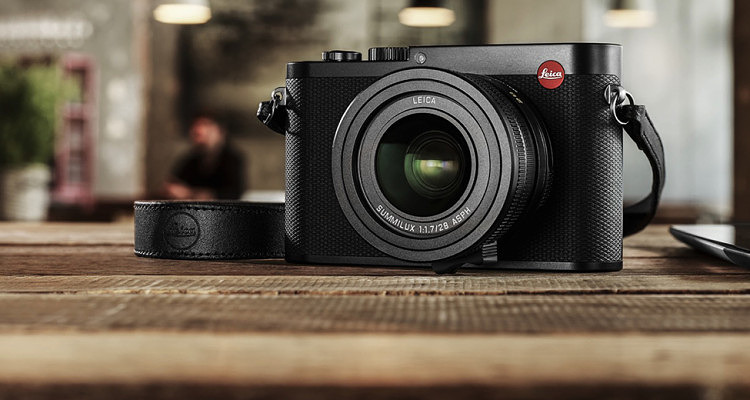
-
I am worry about sales of 28mm f1.4 asph, f2 asph or f2.8 asph.
-
While there are likely several compact cameras available with fixed 28 mm (effective focal length) lenses, the one I remember best was the Nikon Coolpix A, which I used for some time. It did a good job for me, although I thought the images were slightly sterile or ‘technical'-looking. This new Q (which is on the way to me now) should improve greatly on that other 28 mm experience, having a full-frame sensor, a Leica lens, and a processing engine that produces a better overall look.
-
-
David Farkas wrote a new post, B&W ISO Showdown: Leica M Monochrom (Typ 246) vs. M Monochrom (M9) vs. M (Typ 240) 10 years, 5 months ago
During my testing of the new Leica M Monochrom (Typ 246) in NYC and New Orleans, I was blown away by the camera's high ISO ability, so I wanted to see how it stacked up against the original M Monochrom based off o […]
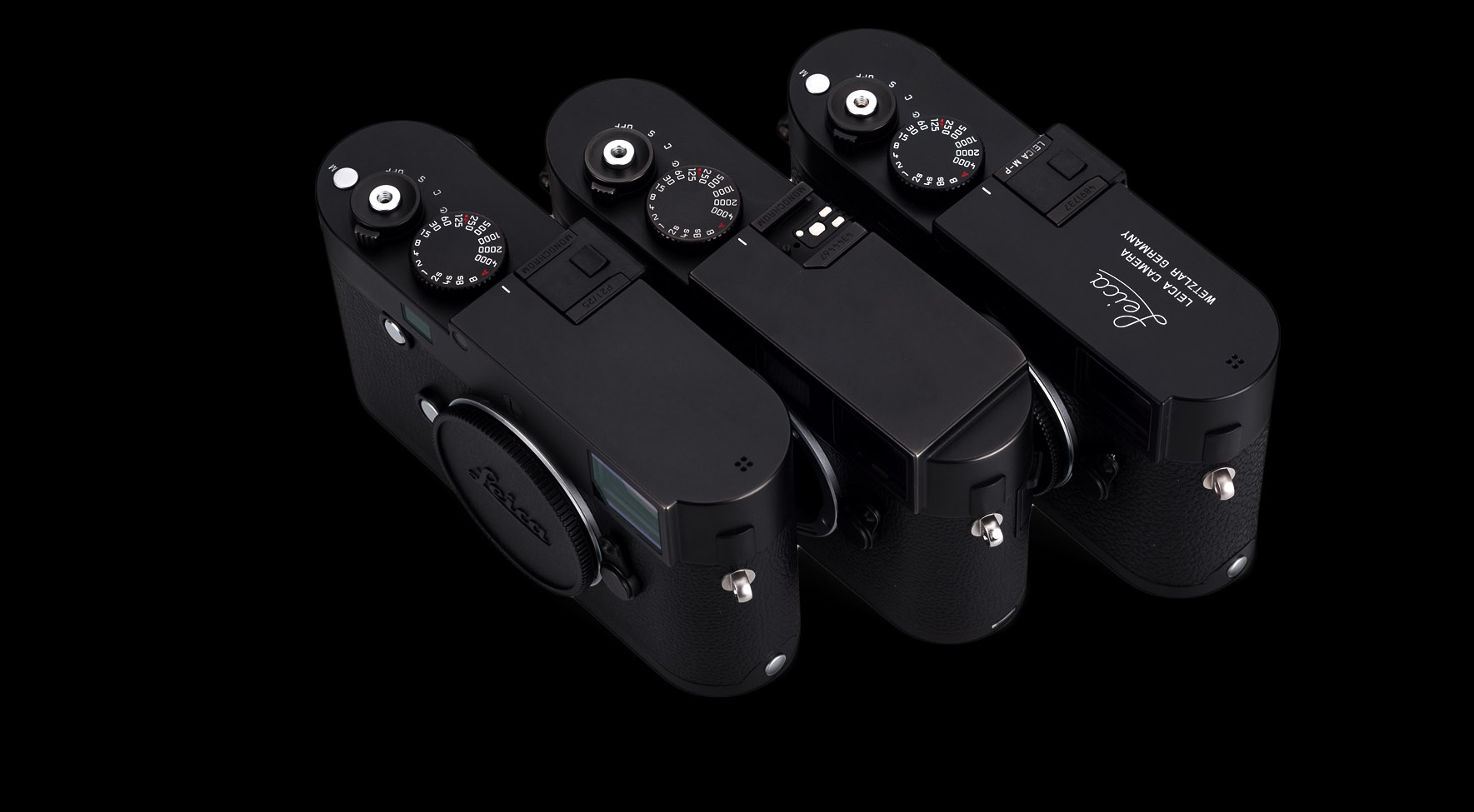
-
While controlled ISO testing like this doesn't directly impact “taking pictures” per se, it does let users or potential users understand the performance envelope of this camera vs. other cameras. I suppose the same argument could be made as to why car reviewers measure 0-60 times and lateral acceleration, among other benchmarks. They are a good measure of relative performance. Personally, I do prefer going out and shooting actual pictures. If you read my Leica M Monochrom (Typ 246) Review, you'll see I have no shortage of real-life pictures taken in a variety of situations.
-
-
Luis Castañeda added a Photo 10 years, 5 months ago
-
Josh Lehrer wrote a new post, Thumbs Up EP-60 Titanium for Leica M Edition 60 Released 10 years, 5 months ago
Match Technical Services has released a unique new item: the Thumbs Up EP-60 Titanium. Designed specifically for the Leica M Edition 60 camera, the EP-60 is made from solid titanium and is media blasted to give it […]
-
David Farkas wrote a new post, Update on Leica M Monochrom (Typ 246) DNG Files and Mac OS X Yosemite Photos App 10 years, 5 months ago
Here's a little better news for Mac OS X Yosemite users who want to process their Leica M Monochrom (Typ 246) DNG files in either Apple's new Photos app or in their existing Aperture library. Apparently, even […]
-
Josh Lehrer wrote a new post, Leica Announces Leica Summilux-M 28mm f/1.4 ASPH Lens 10 years, 5 months ago
Today, Leica Camera has announced the highly-anticipated Leica Summilux-M 28mm f/1.4 ASPH lens. First seen as part of the limited-edition Leica M Set Edition “Leica 100” announced one year ago at the opening of […]
-
Josh Lehrer wrote a new post, Leica USA Extends Limited Time Savings Program 10 years, 5 months ago
Today, Leica Camera USA has announced that the Exchange Rate Savings Program, which has lowered the prices of nearly all Leica photographic products* has been extended until June 30, 2015. The full details of the […]
-
Josh Lehrer wrote a new post, Leica Monochrom (Typ 246) DNG Files Currently Incompatible with Apple ‘Photos’ App 10 years, 5 months ago
Today, Leica Camera has issued a notice regarding a compatibility issue with DNG files from new Monochrom (Typ 246) and Apple's Photos App. From Leica:
Leica Camera would like to inform you that the Leica […]
-
OS X Yosemite definitely has the issue. Older version probably have it as well, but this hasn't been confirmed to my knowledge.
While there are certainly other programs that can open Leica DNG files, I've found the best results from Adobe Lightroom. Leica has been working closely with Adobe since 2008 and all Leica cameras come bundled with Lightroom.
-
Thanks, Mike.
-
Yes, this was fixed a while back.
-
-
Josh Lehrer wrote a new post, Leica Announces Leica M Monochrom (Typ 246) 10 years, 6 months ago
Today, Leica Camera has announced the new Leica M Monochrom (Typ 246), successor to the hugely popular Leica M Monochrom. The camera contains an essentially identical feature set to the recently released Leica M-P (Typ 240) but with the color filter array removed from the CMOS sensor for true, high-quality black & white imaging. Priced at $7,450, the M Monochrom (Typ 246) is expected to be available mid-May 2015. At the same time, Leica has also released a line of colored lens filters in both E39 and E46 sizes (available in July). The filters come in orange, yellow, and green and can be seen online here: New Leica M Color Filters.
A full review of the new camera is now live on Red Dot Forum with numerous sample images and analysis by David Farkas. The review can be seen here: M Monochrom (Typ 246) Review.
The official press release, from Leica:
The new Leica M Monochrom (Typ 246) is the first and only digital camera that captures a real black and white image, still or moving. Reduced to the essentials for true, authentic and direct black and white photography, the Leica M Monochrom offers unparalleled image performance, outstanding low light capabilities and rich details.
Black and white photography is the essence of photography. Leica produced the first first digital monochrome camera in the 35 mm format and the new Leica M Monochrom is a step into the next generation.
Sensor
The Leica M Monochrom has a 24-megapixel resolution on a monochrom CMOS sensor similar to the Leica M. As the M Monochrom has no need for color filters, it needs no interpolation for the calculation of luminance values. This results in brilliant images which have 100% more details and contrast than what is possible in color photography.
Up to ISO 25,000
The new Leica M Monochrom opens up new dimensions for available-light photography with its combination of low noise up to ISO 25,000, a bright viewfinder, a low-vibration shutter release and fast lenses.
Full Visual Control with Live View
The high-resolution 3” monitor with 921,600 pixels ensures that photographers have complete control of composition, exposure, focusing and depth of field. The Live View also offers two additional focusing methods. The up to 10x magnification in Live View Zoom mode enables full control of the sharpness of details in the image on the monitor or the closest focusing distance. In Live View Focus Peaking mode, sharply focused edges in the image are highlighted by colored lines.
Full HD Video in Black and White
The new Leica M Monochrom captures high-quality, full-HD video in black and white. With the optional Leica microphone adapter set, one can be assured of perfect sound.
2 GB Buffer Memory
With it’s high-capacity 2GB buffer memory and Leica Maestro processor, the camera captures sequences 3 times faster than its predecessor. In addition, the new processor enables extremely fast display of the captured images in review mode.
Sapphire Crystal Glass
The LC display is made of scratch-resistant and almost unbreakable sapphire crystal which has been treated with an anti-reflective protective coating that ensures that photographers can check their images in any lighting situation.
Accessories
All current M accessories for the Leica M (Typ 240) can be used with the Leica M Monochrom. These accessories include finger loops, electronic view finder, ever-ready cases, flash and straps. In addition, R-lenses can be used on the Leica M Monochrom with the Leica M-Adapter-R.
The Leica M Monochrom (Typ 246) can be ordered online here: Leica M Monochrom (Typ 246) or you can call Leica Store Miami at 305-921-4433. Don't hesitate to email us with any questions.
-
David Farkas wrote a new post, Leica M Monochrom (Typ 246) Review 10 years, 6 months ago
Many in the photographic community have speculated that it was only a matter of time until Leica made a monochrome version of the M (Typ 240), more commonly known as the M240. The original M Monochrom, perhaps now […]

-
Excellent review David! I am looking forward putting my hands on El Jefe in the very near future!
-
Wow, what a complete and wonderfully timely review.
Looking forward to your S (007) review should you ever get one ahead of time.
Get some sleep now.
Jack -
Great review David.
As a two-year owner of the original M Monochrom I've been eager to see how the new CMOS version would compare, and your review shows us that exactly.
Impressive as it is, I will sit out this generation of M cameras and go forward for the next three years (or maybe six?) with the original M Monochrom and M-E, which both still do just about everything I want them too with the singular exception of clean high ISO in color, which isn't worth the cost of a dual upgrade or of dealing with two hardware systems and their respective batteries and chargers.
For me the world is the same as it was last week, M-E (M9) for beautiful color on good to moderate light, and M Monochrom for incredible black and white no matter the conditions. ISO 10,000 is high enough for anything I want to do except deep depth of field in low light, which just isn't a priority.
Great images by the way.
-
All of the images were processed in Adobe Lightroom CC (v6).
-
Sure. Here is a screen grab from my basic settings in LR for an M246 file:
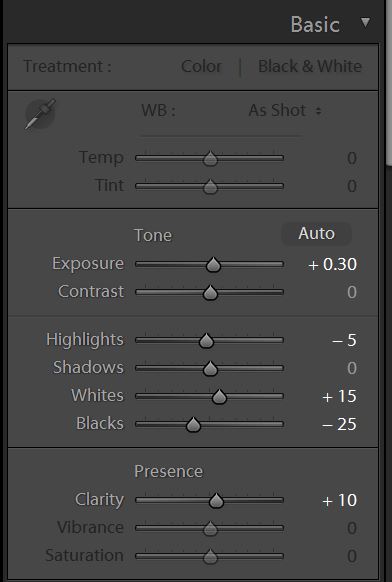
My biggest change is to pull down the blacks and bring up the exposure to compensate a little. I like rich shadow contrast. Really, though, these changes are fairly minor. Sometimes, I'll bring up the shadows or tone down the highlights more. It really depends on the image and my intended interpretation.
On the sharpening and noise reduction settings I use:
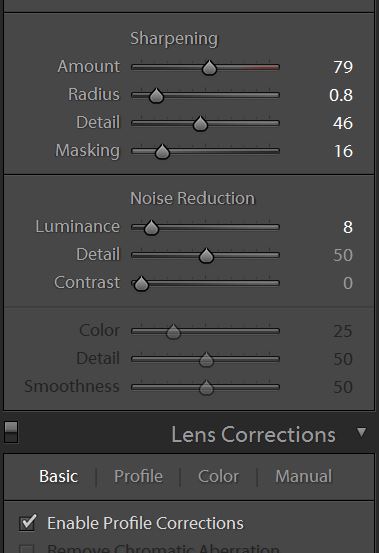
And that's about it. I don't change the sharpening settings, except at very high ISO, I will bump up Masking a little. And with NR, I will bring the amount up to 20-30 for shots above ISO 8000.
Hope this helps.
-
Did you try to turn off lens profile corrections in LR?
We first discovered a strange behavior in LR when processing M9M files a couple years ago when using lens profile corrections. Seems that there is sometimes some pattern noise introduced in B&W images with pulled up shadows. What was even stranger was that the artifacts were only visible once exported. In LR, at any magnification, the files were clean.
-
Some shots were manually set, but most were shot with Auto ISO, using Aperture priority.
-
Color filters work the same way on B&W digital as they do on film. The effect is much easier to accomplish in camera than in post processing.
-
Hi.
I am considering to Purchase a M 246 after reading your review.
I am a DSLR usar and I am kind of worried about the rangefinder and focus.
Do you have any recomendations about this transition?
Thank you!
-
My suggestion is to just jump in with both feet! The transition to rangefinder is fairly quick and painless. After a couple of days of real use, it will feel natural. After a week, it will become second nature.
-
-
You can't go wrong with the 50 APO. I switched from the 50 Lux to the 50 APO and never once regretted it. The bokeh of the 50 APO is still very nice and pleasing. The Lux will be a little softer, but will not be as sharp as the APO wide open. And on the Monochrom M246, the added sharpness really shows. Hope this helps.
-
I would welcome insight from others on processing software other than Adobe CC, PS, or LR with the MM246. Capture One appears to be not compatible and when I called their tech people they said they had no plans to do so, even though the M9 Monochrom is supported. Has anyone tried Luminar?
-
Joel,
Leica has a partnership with Adobe (since 2009), so the best results will usually be had using Adobe software for DNG image processing. Is there a reason you are looking for alternatives to Lightroom?
-
-
-
Luis Castañeda added a Photo 10 years, 7 months ago
-
Luis Castañeda added a Photo 10 years, 7 months ago
-
Luis Castañeda added a Photo 10 years, 7 months ago
-
Luis Castañeda added a Photo 10 years, 7 months ago
-
Luis Castañeda added a Photo 10 years, 7 months ago
- Load More

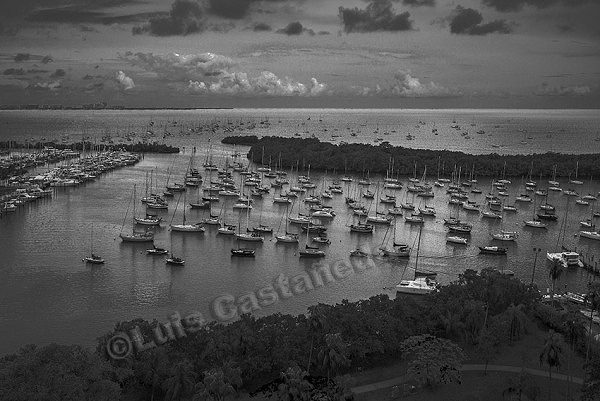
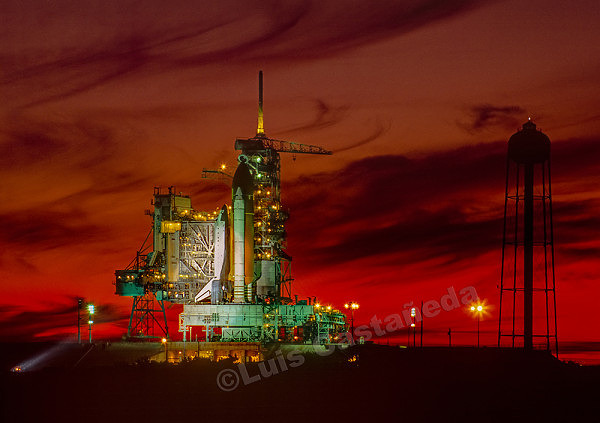

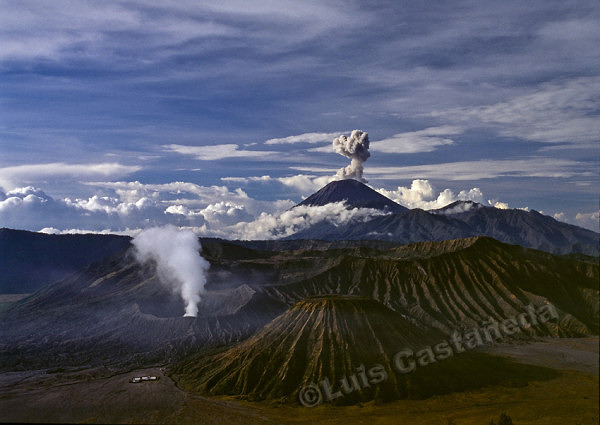
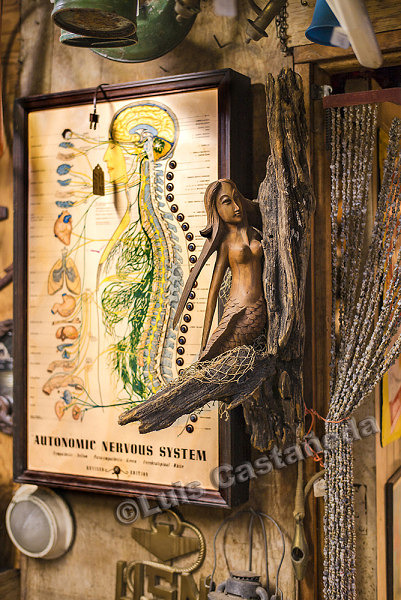



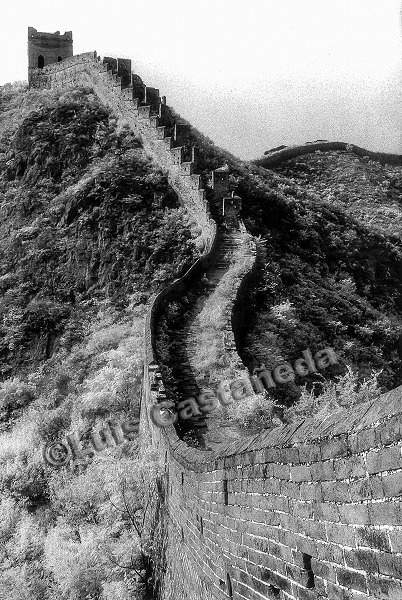

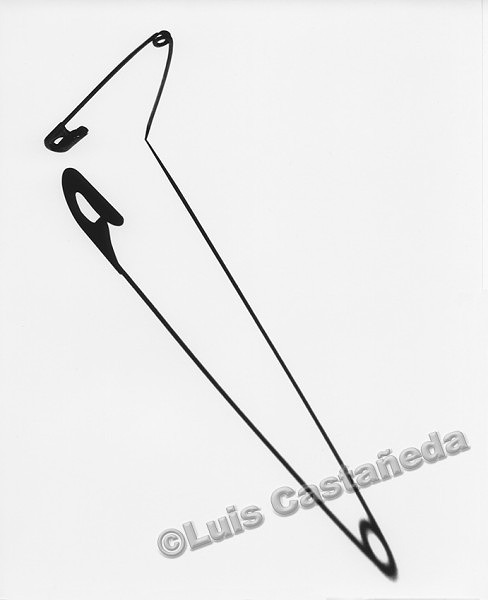

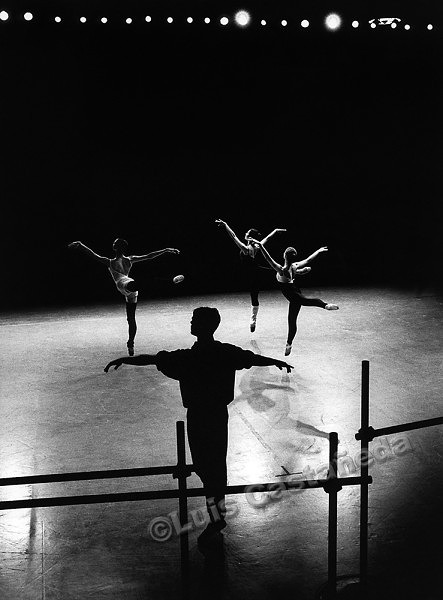
The Q sure feels like a game changer to me. It was too easy for me to place my order as this checks all of the boxes for me. I will always own an M and I cannot see anything taking it's place but this will be such a nice addition to my setup.
Great review David!
Thanks for the thorough (and enjoyable: great images!) review David. The Q seems to begin to address many of the shortcomings of the current M246 (low pixel EVF, not-so-great high ISO performance, shutter lag when using the EVF to name a few of my nits).
I am wondering if the Q has the ability, when you magnify the EVF view 3x or 6x, to choose where in the frame the magnified view is. This would be pre-exposure. Another one of my nits with the current M240.
Thanks very much again!
In the current Q firmware, you cannot move the magnified focus point. Given that the S007 running the same Maestro 2 processor will support this feature, a future firmware update might allow it. We'll have to see.
Panasonic makes some great cameras in collaboration with Leica (ex: the D-Lux), but the Leica Q does not seem like a tie-in with Panasonic, for the M-type body if nothing else.
I had the Monochrom and new Noctilux for about 6 months, and while it's a great combo, the primary reason to carry such a heavy and expensive piece of glass is the f0.95 aperture. But that aperture has an extremely small DOF, and unless you dedicate yourself to working with that constraint, you'd be disappointed. My Q doesn't arrive until 3 days from now, but already I have in mind that it will be much like the X Vario I had, at the low end of its zoom range, and somewhat like the Nikon ‘A' but with much better sensor, lens, and processing engine. For someone accustomed to shooting at the 28 mm effective focal length (ex: Nikon ‘A' or X Vario un-zoomed), the Q should be a dream come true.
Thanks for an awesome review, it indeed looks like what I was waiting for all these year, and I placed my preorder today at Leica Philippines, to my surprise the first they had received, the official launch here is next week on Friday 21st
Image quality on both M240/28 Lux and the Q will be quite good and fairly comparable. I haven't done any head to head testing yet, but I did just wrap up a workshop in Berlin where I shot with both cameras side-by-side. The results in LR are mixed together and match up very nicely.
The real advantage of the M is the flexibility to use other focal lengths, like the 50 APO that you have. On the other hand, the Q offers fast AF and macro capability.
I am not one for pre-post quality evaluations. In my mind, every file requires at least some basic post processing, just as even the finest quality food ingredients require some seasoning by the chef.
No, this is a pure Leica product. My understanding is that Panasonic's involvement was limited to specific components, such as AF and OIS.
Interesting idea on the electronic shutter. The leaf shutter is so quiet and introduces so little vibration, I'm not sure if there would be any advantage here.
As far as the ad-hoc connection, this is already available. A QR code on the camera's LCD is generated when using “Host” mode WLAN setup. Scan the QR code with the Q App on your phone or iPad and it sets up its own connection. Very simple.
I had the M9 + Noct combo for three years. Setting aside the price aspect, the Noct is a great lens at f5.6 and an amazing lens at f.95. However, at f.95, the Noct is very hard to focus and even more difficult in low light… the depth of field is so shallow (focus on the bridge of someones nose and their lips are out of focus) that for me focus success was very hit and miss.
But if you use the Noct with the M240 and the not-so-great EVF (too low resolution, in my opinion, a better EVF is the one for the T), then you will greatly increase your odds of low-light focus success with the Noct.
I also once bought into the CCD in the M9 being better than the CMOS in the M240. After using both and the M240 for 18 months, I think overall the M240 files have a little more “play” in them… less susceptible to banding, particularly in well saturated skies.
I did use the lens profile for the 28mm Summicron-M ASPH in Lightroom, since the Q hasn't been added to the lens database yet.
Thank you for the nice feedback. I do basic edits to taste in Lightroom after applying a preset to my images upon import. I probably spend a minute or two per image.
I'm not quite sure what you mean “change from right to left”. Could you elaborate?
Hi David, I believe he's trying to change the light meter/exposure compensation displays from
-3 -2 -1 0 1 2 3 to
3 2 1 0 -1 -2 -3